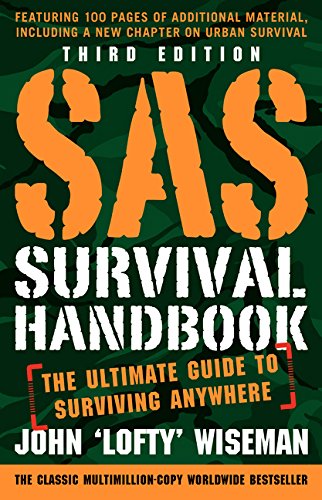Many of the young people rioting today are not committed Marxist revolutionaries. (There are large, powerful, dark forces behind the riots; the actual rioters are just political fodder.) Many are rioting largely because it’s considered by their peers and their influencers to be the cool, popular thing to do. In that, they are the most recent iteration of the popular American “counterculture” that began in the mid-20th century and has traveled hand in hand with left-wing politics (and has, alarmingly, gained the upper hand in the popular culture).
That counterculture has a lineage that goes back to the Beat Poets, a group of young men with literary ambitions who sought to live a more passionate, more ecstatic experience than the standard “American Dream” of family, security, and prosperity. Their writing and experiences became the blueprint of the American counterculture: sex, drugs, rapturous music, mad impulses, and defiance of authority. With them, a new spirit was unleashed; while decadence has always been with us, after the Beats, it was often celebrated as a cultural advancement, a virtue.
 Urban Survival Guide: ...
Best Price: $16.88
Buy New $26.65
(as of 05:55 UTC - Details)
By the end of the 1960s, the counterculture the Beats initiated had become mainstream, promoted as such by the media. Many youths adopt the Beats’ unbridled lifestyles for at least a brief period of adolescence or young adulthood. Rock may have replaced the Beats’ beloved jazz, and rap may have replaced rock as the soundtrack for the times, but the popular acceptance of decadence and defiance has persisted in youth culture to this day. To be “cool,” at least in the popular national consciousness, has been to show contempt for traditional mores, to regard those trying to preserve order as less evolved, and to flaunt one’s pursuit of sensuality.
Urban Survival Guide: ...
Best Price: $16.88
Buy New $26.65
(as of 05:55 UTC - Details)
By the end of the 1960s, the counterculture the Beats initiated had become mainstream, promoted as such by the media. Many youths adopt the Beats’ unbridled lifestyles for at least a brief period of adolescence or young adulthood. Rock may have replaced the Beats’ beloved jazz, and rap may have replaced rock as the soundtrack for the times, but the popular acceptance of decadence and defiance has persisted in youth culture to this day. To be “cool,” at least in the popular national consciousness, has been to show contempt for traditional mores, to regard those trying to preserve order as less evolved, and to flaunt one’s pursuit of sensuality.
Now a new set of young men is showing a new direction, a new “cool.” Although they are unfamiliar with each other and rose to national prominence in different situations, similar themes run through their actions. They are Nick Sandmann, who coolly stood his ground and maintained his dignity when verbally accosted in person by an antagonistic protester — and again when the media tried to paint him as the aggressor; Kyle Rittenhouse, who coolly protected himself under fire against a mob of criminals hell-bent on harming him during the Kenosha riot; and Brady Williams and Jarad Bentley, two high school football players who resolutely stuck up for their principles by carrying flags representing the police and firefighters onto the field before a game on September 11, despite knowing that punishment by their school’s administration awaited them. (Certainly, other examples exist, but these four exemplify the pattern.)
They are not part of the coastal elites, but from flyover country: Sandmann is from Kentucky, Rittenhouse from Illinois, the other two from Ohio.
 SAS Survival Handbook,...
Best Price: $12.99
Buy New $12.49
(as of 01:15 UTC - Details)
SAS Survival Handbook,...
Best Price: $12.99
Buy New $12.49
(as of 01:15 UTC - Details)
They come from different backgrounds. Sandmann is upper-middle-class; his mother is a vice president of Fidelity Investments, and his father is a sales manager for a manufacturing company. Rittenhouse comes from the other end of the socio-economic spectrum: he was raised by a single mother who works as a nurse’s aide. Williams and Bentley are from the prosperous working class: Williams is the son of a sheriff, while Bentley’s father is a firefighter.
These four boys do not seem to be the sort of young men who usually garner public attention. They are not heading to Harvard with perfect SAT scores. Nor have they been embraced by the popular culture, to say the least.
Actually, little is publicly known about their performance as high school students (as it should be), but the way they present themselves is telling. Sandmann is articulate; he appears to have excelled as a student and is now attending highly regarded Transylvania University. Catholicism looms large in his background; he attended a Catholic high school and rose to fame when attending a March for Life in Washington..





